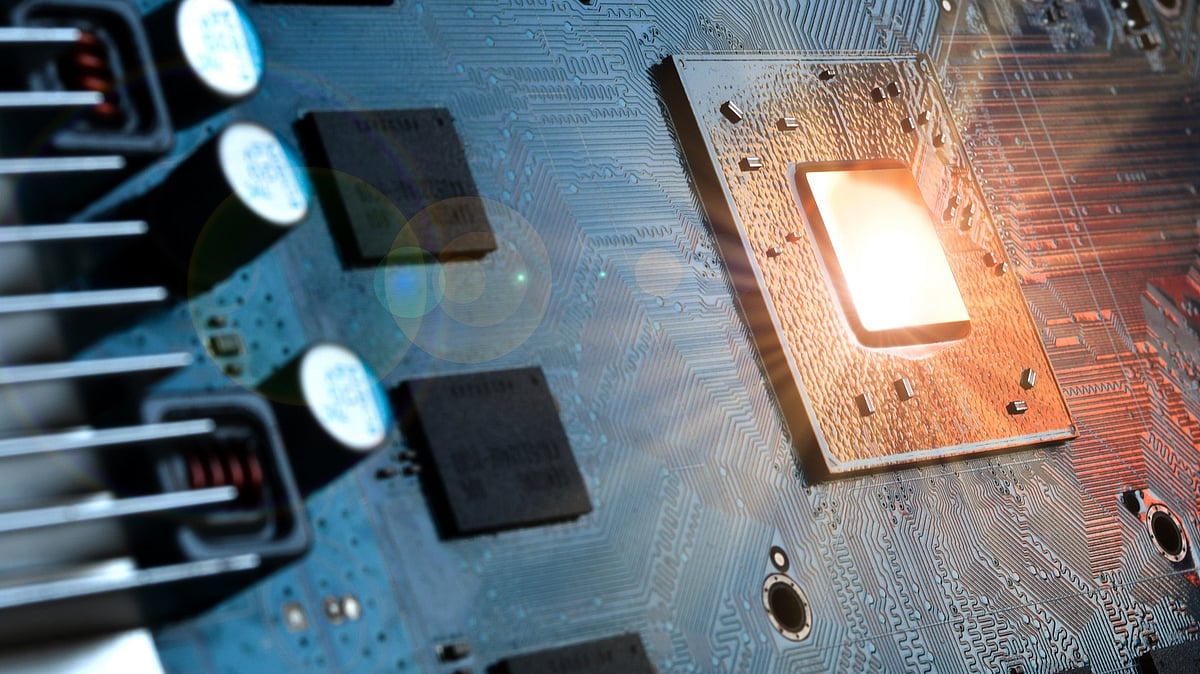
AMD Unveils Dedicated Ray-Tracing Chip in Push to Close Nvidia Gap
AMD Unveils Dedicated Ray-Tracing Chip in Push to Close Nvidia Gap
Graphics-card maker partners with Sony on new hardware aimed at boosting performance in next-generation games
Highlights
- AMD announces Radiance Core, a dedicated ray tracing hardware block for next-generation Radeon GPUs, developed with Sony.
- The core shifts ray traversal from CPU and shader cores to dedicated hardware, providing a “significant speed boost” and improving path tracing performance.
- Radiance Core is part of Project Amethyst, alongside neural arrays and universal compression, aimed at enhancing GPU and console graphics performance while narrowing the gap with Nvidia’s Blackwell GPUs.
Advanced Micro Devices introduced a specialized processor for ray tracing, marking its most significant graphics-card enhancement in years as the chipmaker seeks to narrow a performance gap with rival Nvidia.
The Radiance Core, developed jointly with Sony Group over two years, will power future Radeon graphics cards and PlayStation consoles. The dedicated hardware is designed to accelerate path tracing, a demanding rendering technique that simulates realistic lighting by tracking light rays as they bounce through virtual environments.
The announcement, made during a joint presentation on next-generation graphics technology, signals AMD's effort to catch up in high-end gaming performance. Path tracing has been a weak spot for the company compared with Nvidia's latest Blackwell architecture, which has dominated the premium graphics-card market.
Jack Huynh, AMD's senior vice president, described the hardware as a "dedicated block for unified light transport," developed over the past two years to optimize both hardware and software for ray tracing.
How AMD's Radiance Core Works
The Radiance Core handles ray traversal, the computationally intensive process of calculating how light interacts with objects, independently from the graphics chip's main processors. That architectural separation frees up computing resources for other tasks like rendering geometry and running physics simulations, according to Mark Cerny, lead architect for Sony's PlayStation 5.
Cerny said the separation results in a "significant speed boost."
AMD didn't disclose when graphics cards featuring the Radiance Core would reach the market. The company said it is working on additional optimizations, including more efficient methods for organizing geometric data.
The new processor is part of Project Amethyst, a broader collaboration between AMD and Sony aimed at advancing graphics capabilities across gaming platforms. The initiative includes other technologies such as neural processing arrays for artificial-intelligence workloads and compression techniques to manage data bandwidth.
For consumers, the technology could deliver more realistic lighting effects without sacrificing frame rates, a trade-off that has limited adoption of ray tracing in demanding games. For developers, the specialized hardware represents a shift toward more efficient graphics pipelines that handle complex visual effects without burdening general-purpose processors.
The move comes as graphics-card makers increasingly turn to dedicated hardware accelerators to handle specific tasks, following a playbook Nvidia has used successfully with its RTX line of gaming cards.

Author
Probaho Santra is a content writer at Outlook India with a master’s degree in journalism. Outside work, he enjoys photography, exploring new tech trends, and staying connected with the esports world.
Related Articles






